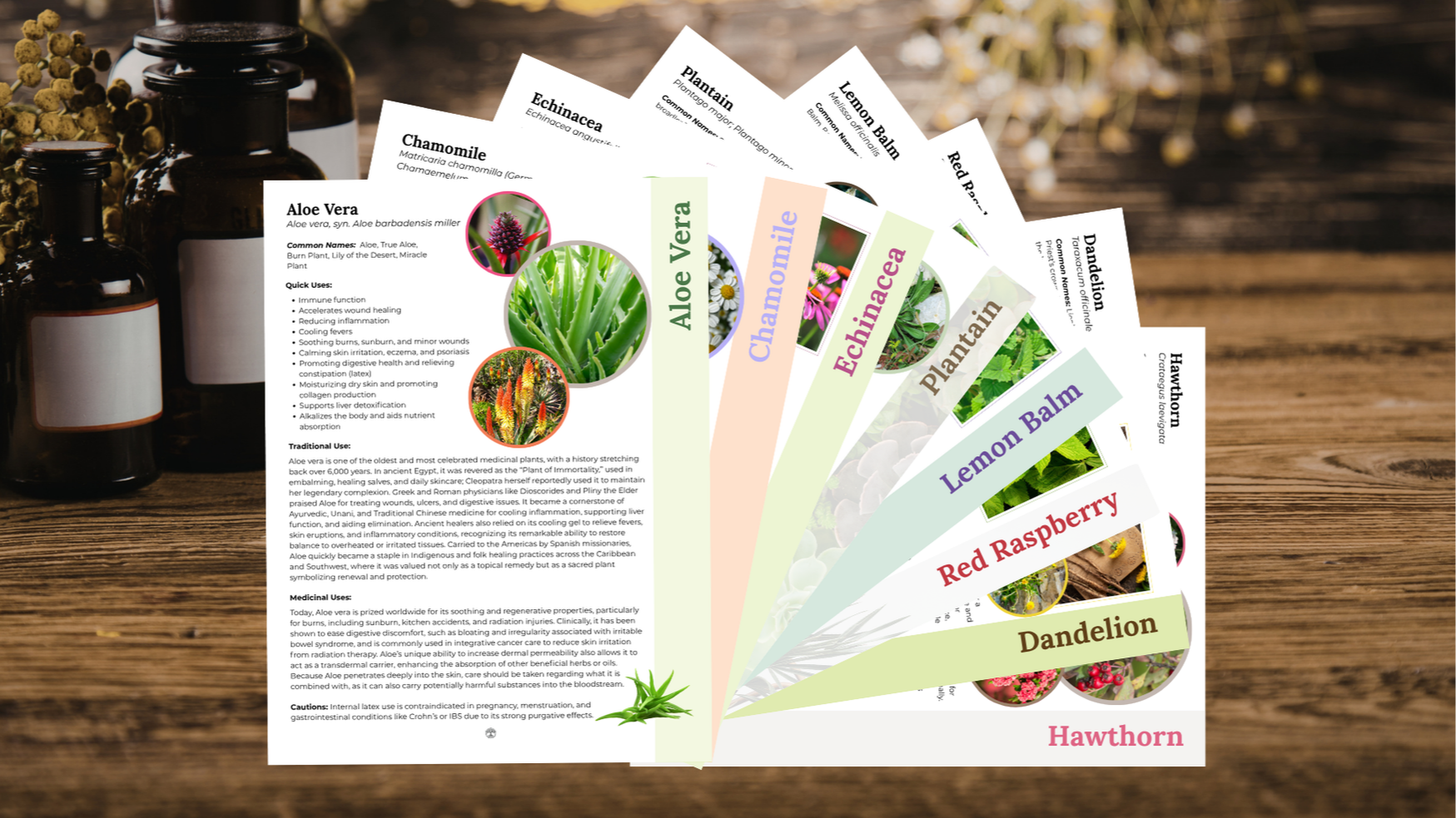
Boosting Milk Supply Naturally
Dec 20, 2023
Human breast milk was designed especially for human infants. I was blessed to have twins as my fifth and sixth children. My boys were born a little bit early, but both were a good size, each weighing over six pounds. My mother lived out of state and was excited to help. She consulted an herbalist about herbs to help with breast milk production. When she came to visit, she brought me some of these herbs (in capsule form) for nursing. Initially, I did not feel the need to take the herbs regularly. The boys nursed well, and usually, I had plenty of milk.
However, when the boys went through growth spurts, or if I was stressed, my milk supply waned. On those days I was exhausted and the boys were fussy. So, I would take the herbs my mom brought. I took one or two doses in the evening, and by the next morning, my milk supply was plentiful again. I continued taking the herbs for 3 or 4 days in a row and every time they really seemed to do the trick. Then I would tuck them away until I felt I needed the extra boost again. To this day I'm so glad my mother knew about these herbs.
Each of the herbs my mother brought was included in the formula for its unique action:
Blessed Thistle (Cnicus benedictus)
- Enhances quality of breast milk
- Stimulates breast milk production
- Improves circulation (and memory)
Alfalfa (Medicago sativa)
- Increases quantity of breast milk
- Enriches quality of breast milk
- Contains important enzymes for digestion
- Significant amount of protein
- High content of Vitamin A
- Vitamin D
- B12
- Potassium
Marshmallow Root (Althea officinalis)
- Demulcent and soothing to delicate membranes, healing everything it comes in contact with
- High in calcium
- Very nutritive
- Fights poisons and treats wounds
Many herbs work synergistically together, enhancing key properties and actions contained in each herb. It is important to note that these herbs (alfalfa, blessed thistle, and marshmallow root) are most effective when taken together rather than individually.
Kelly Summers, is a Master Herbalist & Natural Healing Guide®. She knows that knowledge is empowering and deeply desires to share the insights she has learned through her continued journey of learning.
References
Al-Snafi, A. E. (2016). The constituents and pharmacology of Cnicus benedictus-A review. The Pharmaceutical and Chemical Journal, 3(2), 129-135.
Budzynska, K., Gardner, Z. E., Dog, T. L., & Gardiner, P. (2013). Complementary, holistic, and integrative medicine: advice for clinicians on herbs and breastfeeding. Pediatrics in review, 34(8), 343-353.
Christopher, John R. School of Natural Healing: Herbal Reference Guide, 16th edition. Christopher Publications, Springville, UT: 2020. Blessed Thistle, p. 229; Marshmallow, p. 329.
Christopher, John R. Herb Syllabus: Master Herbalist Guide. Christopher Publications, Springville, UT: 2010. Alfalfa, p. 375; Blessed Thistle, p. 51; Marshmallow, p. 375.
Gaweł, E., Grzelak, M., & Janyszek, M. (2017). Lucerne (Medicago sativa L.) in the human diet—Case reports and short reports. Journal of herbal medicine, 10, 8-16.
Kianitalaei, A., Feyzabadi, Z., Hamedi, S., & Qaraaty, M. (2019). Althaea Officinalis in Traditional Medicine and modern phytotherapy. J. Adv. Pharm. Educ. Res, 9, 155.
La Leche League International, The Womanly Art of Breastfeeding, 7th edition. (Plume Printing, NY: 2004.) pp. 6, 339.
Westfall, R. E. (2003). Galactagogue herbs: a qualitative study and review. Canadian Journal of Midwifery Research and Practice, 2(2), 22-27.



